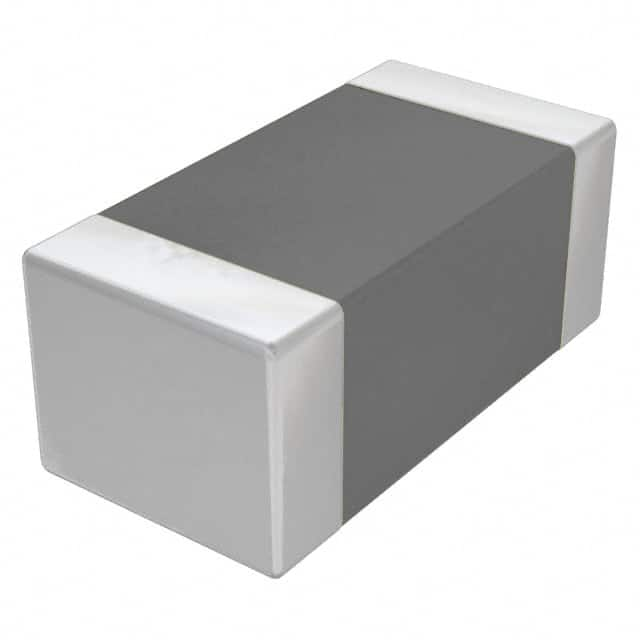Ⅰ. Introduction to Filters
Ⅱ. Mechanical Characteristics of Filters
Ⅲ. Electrical Characteristics of Filters
Introduction to Filters
Filters are devices used to remove or reduce the amount of impurities, contaminants, or particles from a fluid or gas. They are commonly used in various applications, including air conditioning systems, ventilation systems, water treatment plants, and in many manufacturing processes. Filters can be made from a wide range of materials, such as paper, cloth, metal, or synthetic fibers, and can vary in size and shape depending on the application.

Filters work by allowing the fluid or gas to pass through a porous material that captures or removes the unwanted particles or contaminants. The effectiveness of a filter is determined by its ability to capture or remove particles of a certain size, which is measured in microns. Filters are typically rated based on their efficiency, which is expressed as a percentage of the particles of a certain size that they can capture or remove.
There are several types of filters that are commonly used in various applications. Some of the most common types include:
Air filters: These filters are used in heating, ventilation, and air conditioning (HVAC) systems to remove dust, pollen, and other airborne particles.
Water filters: These filters are used in water treatment plants and in homes and businesses to remove impurities and contaminants from drinking water.
Oil filters: These filters are used in vehicles and machinery to remove contaminants from engine oil and hydraulic fluid.
Gas filters: These filters are used to remove impurities and contaminants from gases, such as natural gas or compressed air.
In summary, filters are important devices used to remove impurities, contaminants, or particles from fluids or gases in various applications. They work by allowing the fluid or gas to pass through a porous material that captures or removes the unwanted particles or contaminants. There are several types of filters, each designed for specific applications and with different efficiency ratings.
Mechanical Characteristics of Filters
The mechanical characteristics of filters are an important consideration when selecting filters for a given application. Here are some of the key mechanical characteristics of filters:
Porosity: The porosity of a filter is the measure of the amount of voids or pores in the filter medium that allows the fluid or gas to pass through. The porosity of a filter is a critical factor in its performance, as it directly impacts its ability to capture or remove particles of a certain size.
Filtration efficiency: The filtration efficiency of a filter is the percentage of particles of a certain size that it can capture or remove. It is typically expressed as a percentage, with higher numbers indicating a more efficient filter.
Pressure drop: The pressure drop across a filter is the difference in pressure between the upstream and downstream sides of the filter. A high pressure drop can negatively impact the performance of a system, leading to decreased efficiency and increased energy consumption.
Flow rate: The flow rate through a filter is the volume of fluid or gas that can pass through the filter per unit time. The flow rate of a filter is directly related to its size and porosity.
Physical dimensions: The physical dimensions of a filter, including its size, shape, and thickness, are important considerations when selecting a filter for a given application. The physical dimensions of a filter can impact its surface area, which affects its filtration efficiency and flow rate.
Durability: The durability of a filter is an important factor in its performance and longevity. Filters that are prone to tearing or clogging can negatively impact the performance of a system and require more frequent replacements.
The mechanical characteristics of filters are important considerations when selecting a filter for a given application. The porosity, filtration efficiency, pressure drop, flow rate, physical dimensions, and durability of a filter must be carefully evaluated to ensure optimal performance and longevity of the system.
Electrical Characteristics of Filters
Filters are passive components that do not have any active electrical characteristics. However, some electrical characteristics of the circuit where the filter is installed can have an impact on the filter's performance. Here are some electrical characteristics that can affect the performance of a filter:
Impedance: Filters are designed to work with a specific impedance range. Impedance is the measure of the opposition that a circuit presents to the flow of an alternating current (AC). Filters have a specific frequency range for which they are effective, and their impedance must match the impedance of the circuit to ensure proper filtering.
Frequency range: Filters are designed to operate within a specific frequency range. For example, low-pass filters allow signals below a certain frequency to pass through and block signals above that frequency range. High-pass filters, on the other hand, allow signals above a certain frequency to pass through and block signals below that frequency range.
Attenuation: Filters are designed to attenuate or reduce the amplitude of unwanted frequencies. The amount of attenuation required depends on the application and the type of filter used.
Insertion loss: Filters have an insertion loss, which is the amount of signal loss that occurs when the filter is inserted into the circuit. The insertion loss can affect the overall performance of the circuit and must be taken into consideration when selecting a filter.
Voltage rating: Filters have a maximum voltage rating that they can withstand before breaking down. The voltage rating of a filter must be higher than the voltage in the circuit where it is installed.
In summary, although filters do not have active electrical characteristics, the electrical characteristics of the circuit where the filter is installed can have an impact on its performance. The impedance, frequency range, attenuation, insertion loss, and voltage rating of the circuit must be taken into consideration when selecting a filter to ensure optimal performance.
标签:filters



